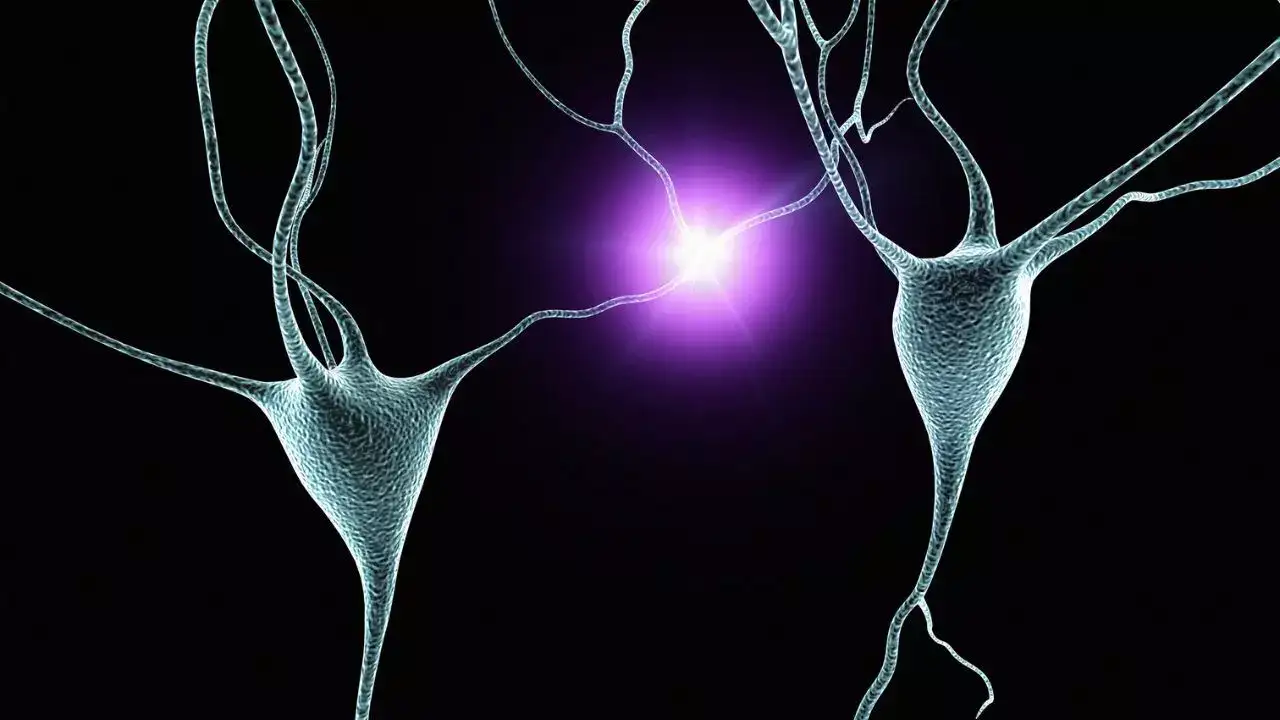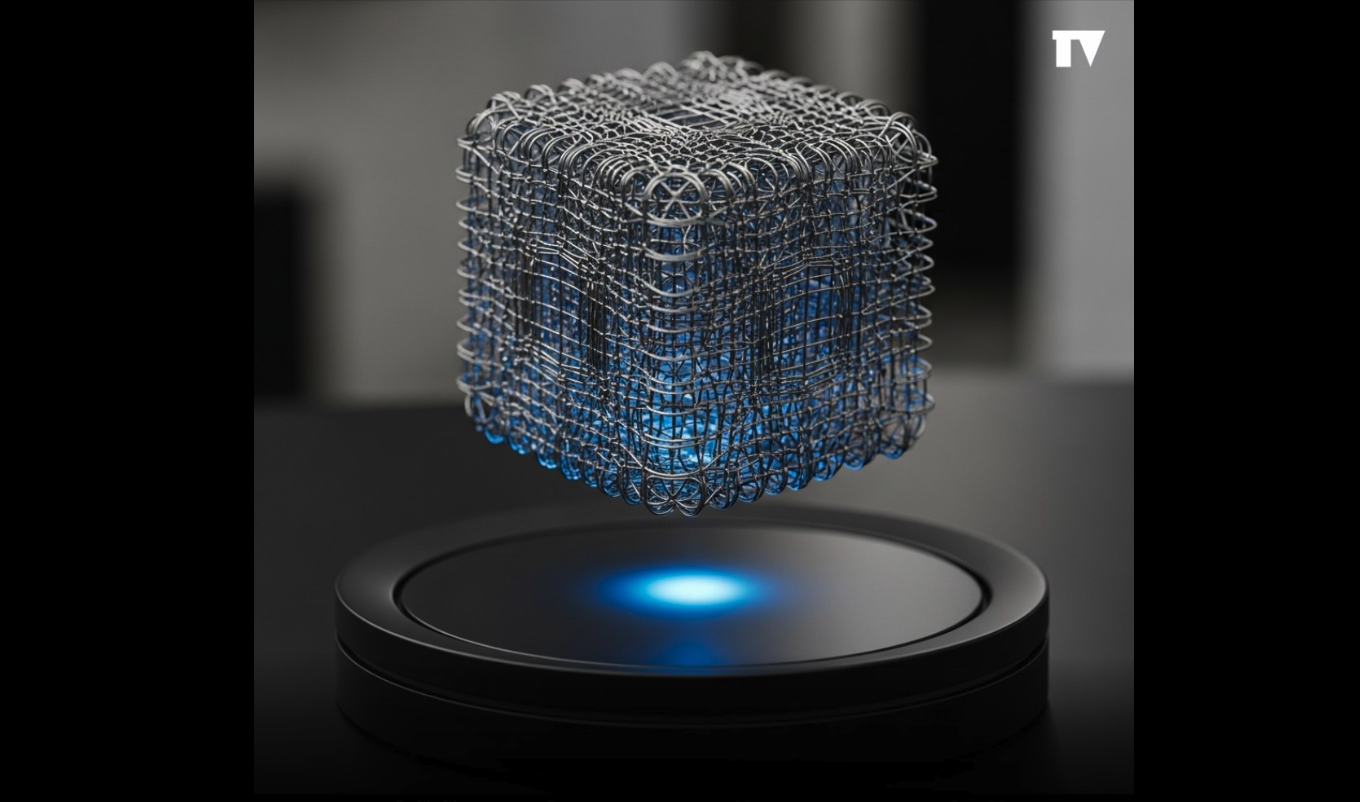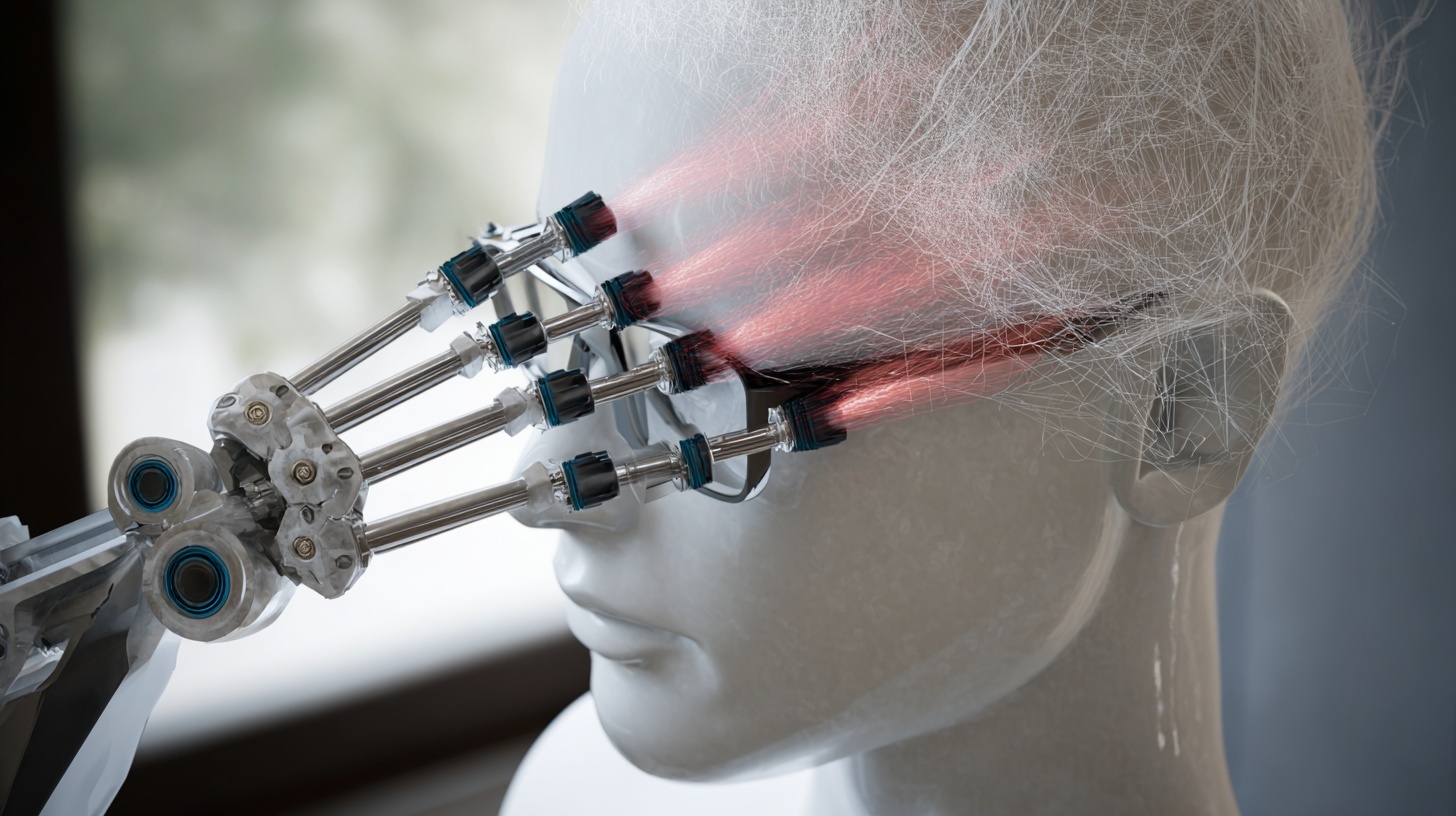By Futurist Thomas Frey
The headline that broke at 3:47 AM Eastern on March 15, 2038, sent shockwaves through every financial market on the planet: “HELIX Becomes First Trillion-Dollar Company Managed Entirely by Artificial Intelligence.”
What made this moment historically unprecedented wasn’t just the valuation—it was that no human being had made a strategic decision at HELIX for over eighteen months.
Continue reading… “The Rise of HELIX: How the First Trillion-Dollar AI-Managed Company Changed Everything”












